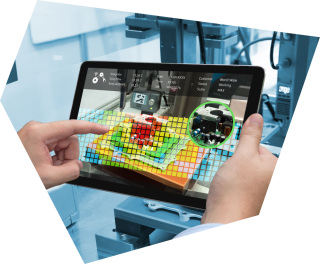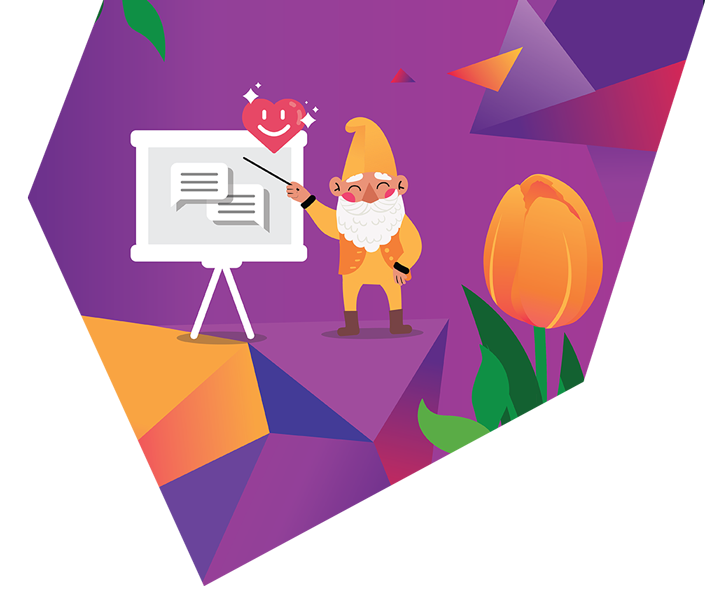
-
What We Do
-
How We Think
-
Our People
-
Our Offices
-
About Us
-
Get In Touch

If there's anything the last few years have reinforced, it's that change is constant and inevitable. As a community, we've learned it is our shared ability to respond effectively to change that determines our success.
To change is to make someone, or something different. But why do we need to change?
Change sits at the heart of influence, connection, and community. If we want to make a change, whether it's something as small as getting our kids to eat more vegetables, or as big as shifting behaviours in our society or at work, we have to get the message right.
Clear, concise, and meaningful messaging that persuades us to behave differently is critical to effective and long-term change.
It is often the case that in designing and delivering strategy, we rarely consider the need to change behaviour. We tend to lead with 'facts', instructions, and direction. On their own, facts are not convincing.
When making the case for change, families, businesses and even governments, need to make connection between what and why.
Engage me on why I need to make change and then show what I need to do.
If we are engaged emotionally in solving the problem, then we will find all the facts we need to change our own behaviour. A rational question such as 'how much am I prepared to change my behaviour at work?' is replaced by an easier emotional decision such as 'how much do I want to be responsible for the success of myself and my team.'
Our national response usually 'rubber stamps' an emotional decision that has already been made. We all need a personal reason to change our behaviour - we need to consent to change.
As a nation, we are experiencing a key example of this with the upcoming referendum on a Voice to Parliament and communication activity from the yes and no campaigns. There are facts and falsehoods being shared but not many strong examples of engaging the Australian people to identify and understand their personal reasons for considering change.
Amongst many messages, information and opinions on the referendum, the driver for change can get. When driving change, it cannot all be directed from the centre. While the centre sets the direction, it's our community that carries the message. We all have a part to play. The key is to activate the community.
Behaviour change is the art of understanding human behaviour in context and implementing strategic messaging campaigns to activate the community.
The what provides the guiderails on what to do next. When and how and where and who follow naturally. The why is an emotional connection to the problem and the solution.
Emotion is the principal driver of human behaviour. Assume that most people want to do the right thing, they just need to be shown how. For those who don't change, and there are always some, enforcing compliance is sometimes a necessary part of ensuring the integrity of the whole.
Most of all, answer the practical and day-to-day questions that people want answered. Listen to feedback, address concerns in an open way, and encourage people to consider their behaviour and why they need to change.